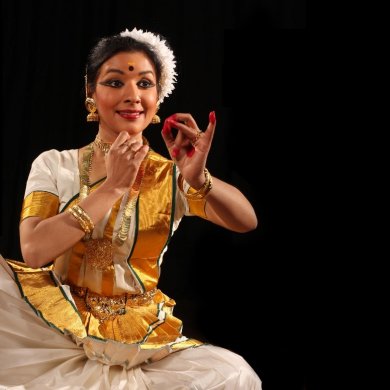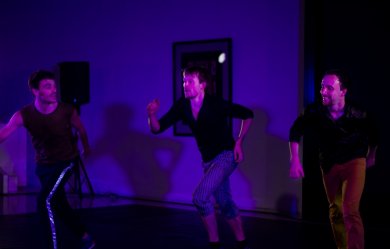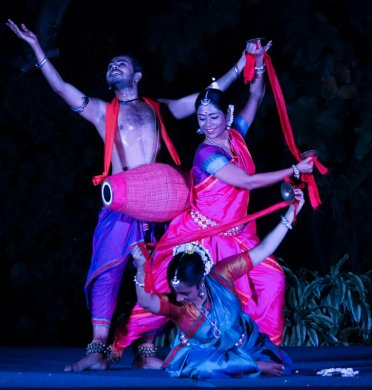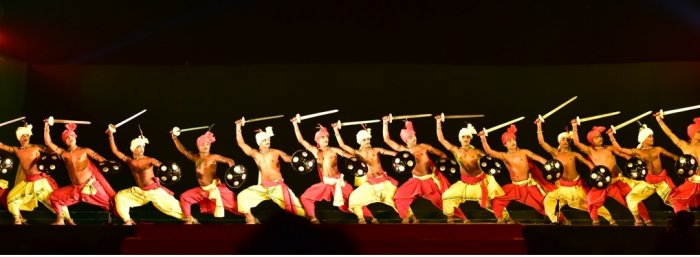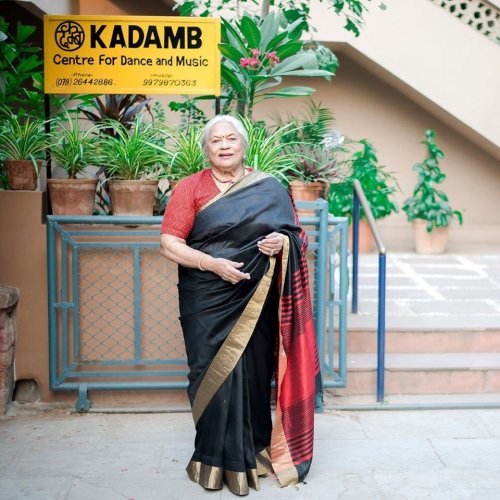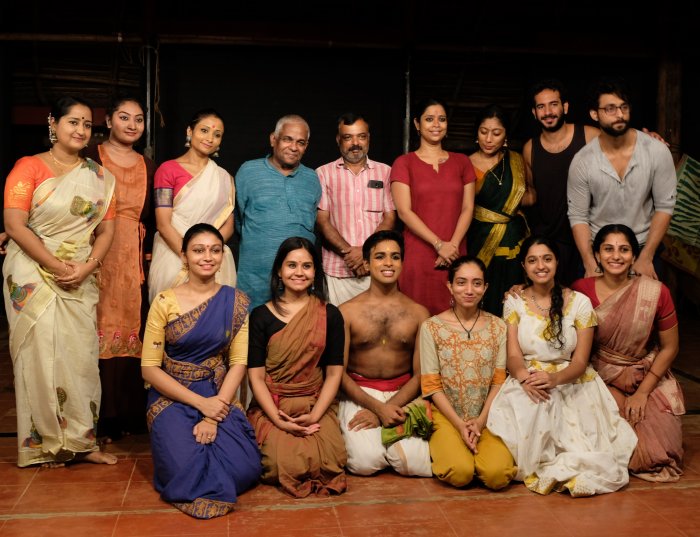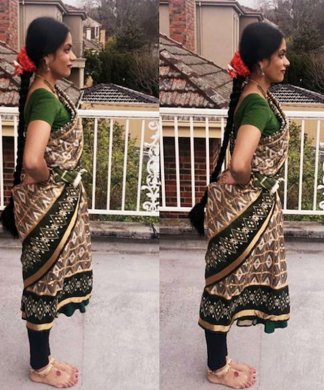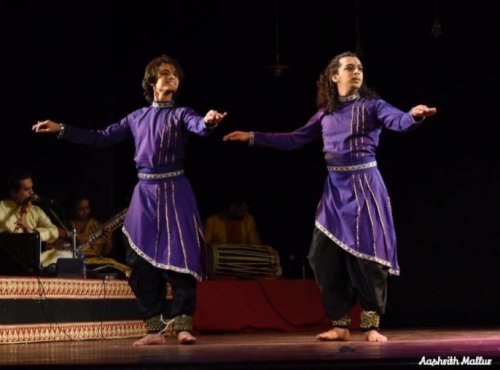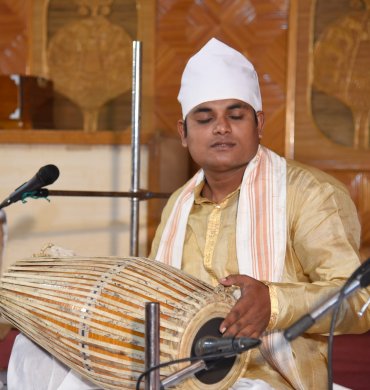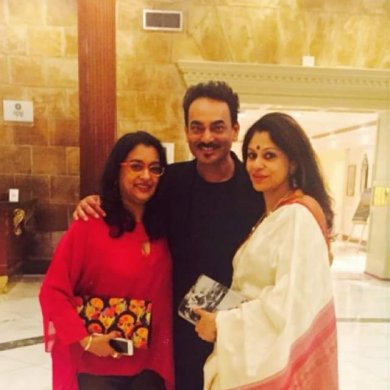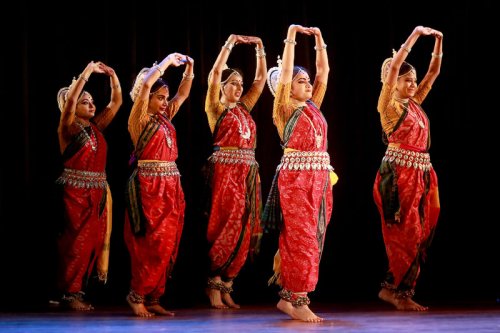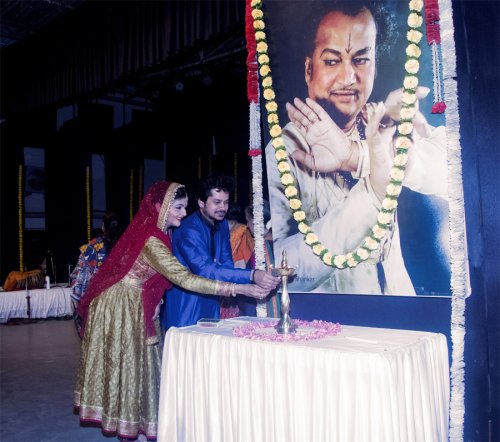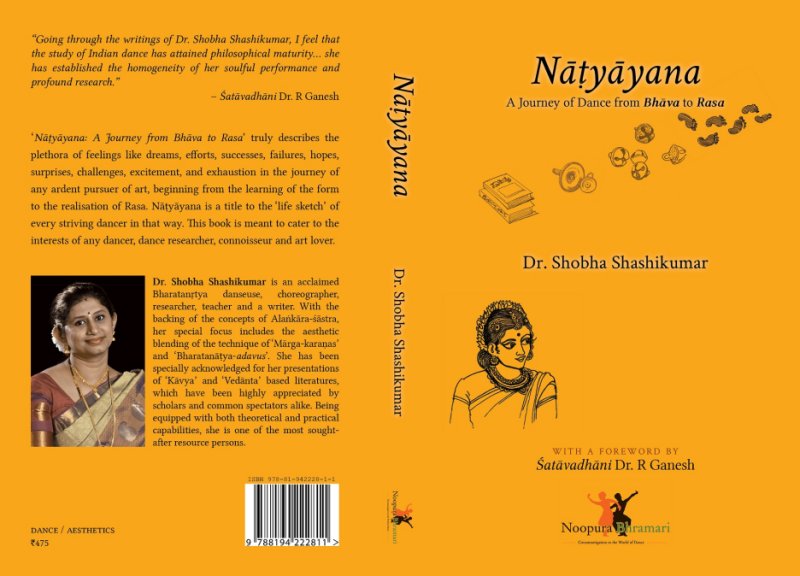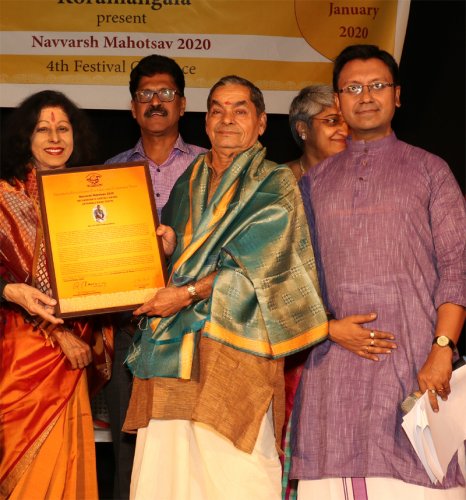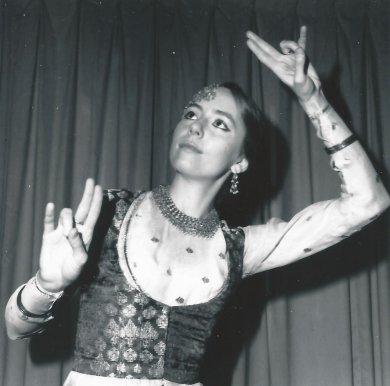E for....Engrossing. Ethics. Entertainment. Eeks!
How can Indian dance be made engrossing? Or entertaining? Is it not so, currently? Name 10 performances or productions in a year, that were worthy by way of a repeat show, abundant audience or outstanding reviews that matched the work. Ten is too many? Then how about five?
Forget us editors, critics, historians, commentators and assorted opinion makers and givers. Even if dancers don't care for our opinions - unless flattering or it suits them - what we often report or state reaches far. It reaches higher echelons of babudom, decision makers and VIPs. They often put us on committees that decide candidates for festivals, awards, even grants.
Dancers may think their art is great or they are god's gift to mankind but where's the audience? And, more importantly, where is the PAYING audience? Except in Mumbai and the Chennai Sabha December season, most dance shows are "family and friends" affair. Excuses abound after 70 years of state spoon-feeding: ours are divine dances (then please go dance in heaven; don't create hell here on earth!) Or, its inbuilt chamber-art content is that it makes it less accessible to masses, it's only for the classes (who understand sangeeta, shastra, sahitya). Some dancers ably and without much effort themselves have made it less accessible. One Delhi dame made parables saleable by stating geometric patterns as part of art discourse!
Read more in the site
How can Indian dance be made engrossing? Or entertaining? Is it not so, currently? Name 10 performances or productions in a year, that were worthy by way of a repeat show, abundant audience or outstanding reviews that matched the work. Ten is too many? Then how about five?
Forget us editors, critics, historians, commentators and assorted opinion makers and givers. Even if dancers don't care for our opinions - unless flattering or it suits them - what we often report or state reaches far. It reaches higher echelons of babudom, decision makers and VIPs. They often put us on committees that decide candidates for festivals, awards, even grants.
Dancers may think their art is great or they are god's gift to mankind but where's the audience? And, more importantly, where is the PAYING audience? Except in Mumbai and the Chennai Sabha December season, most dance shows are "family and friends" affair. Excuses abound after 70 years of state spoon-feeding: ours are divine dances (then please go dance in heaven; don't create hell here on earth!) Or, its inbuilt chamber-art content is that it makes it less accessible to masses, it's only for the classes (who understand sangeeta, shastra, sahitya). Some dancers ably and without much effort themselves have made it less accessible. One Delhi dame made parables saleable by stating geometric patterns as part of art discourse!
Read more in the site
